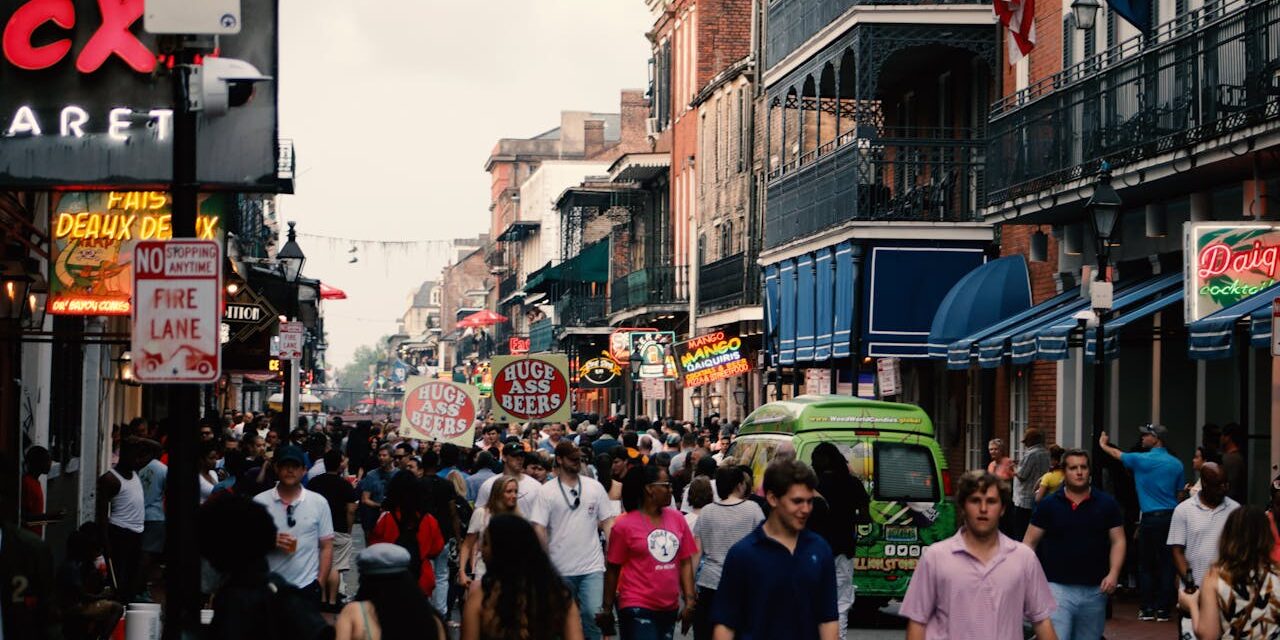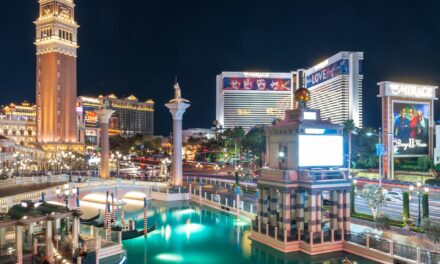If you’re planning a one-day visit to New Orleans, you might be wondering how you can experience some of the city’s vibrant culture and history quickly.
While seeing everything the city offers in just one day can be challenging, there are ways to maximize your time and prioritize your itinerary.
Table of Contents
1. Identify Your Priorities
First, consider the activities and attractions that are most important to you and try to prioritize them.
New Orleans is known for its vibrant culture and history, so you should visit famous museums like the National WWII Museum or the New Orleans Museum of Art. You could also see some of the city’s historic neighborhoods, such as the French Quarter or the Garden District.
2. Consider Travel Time
When planning your itinerary, consider how much time you’ll need for each activity and how much time you’ll need to travel between activities.
New Orleans is a large and vibrant city, so there’s plenty to see and do, but it’s crucial to balance your time so that you can see and do as much as possible without feeling rushed.
3. Use Public Transportation
One way to maximize your time is to use the city’s public transportation system.
A streetcar is a popular option for getting around, and it’s an experience. The St. Charles Avenue streetcar is the world’s oldest continuously operating streetcar line and offers a scenic route through some of the city’s most historic neighborhoods.
4. Leave Time for Relaxation and Enjoyment
Another way to make the most of your one-day visit is to leave some time for relaxation and enjoyment.
After all, part of the charm of New Orleans is its laid-back vibe. Plan a leisurely meal at a local restaurant or drink at a famous jazz bar. You can also stroll through the city’s beautiful parks or along the Mississippi River.
A Brief History of New Orleans
Founding of New Orleans
New Orleans was founded in 1718 by the French as a port city, and it quickly became an important center of trade and commerce.
Cultural and Historical Influences
In the 18th and 19th centuries, New Orleans was known for its vibrant culture and its rich mix of French, African, and American influences.
Role of the Mississippi River
The city’s history is closely tied to the Mississippi River, which flows through the city and has played a significant role in its development. In the early 19th century, New Orleans became a central hub for the cotton and sugar industries, one of the busiest ports in the United States.
Civil War and Reconstruction
During the Civil War, New Orleans was an important Confederate port, but it was captured by Union forces in 1862. After the war, the city continued to grow and prosper, becoming known for its vibrant music and cultural scene.
Recent Challenges and Resilience
In recent years, New Orleans has faced many challenges, including the devastation caused by Hurricane Katrina in 2005. However, the city has worked hard to rebuild and revitalize itself, and it remains a popular destination for visitors worldwide.
Conclusion
In conclusion, a one-day trip to New Orleans may seem daunting, but with careful planning and prioritization, you can experience some of the city’s most iconic attractions and activities.
Remember to leave time for relaxation and enjoyment, and don’t be afraid to explore the city’s neighborhoods and soak up the unique culture that New Orleans offers.





